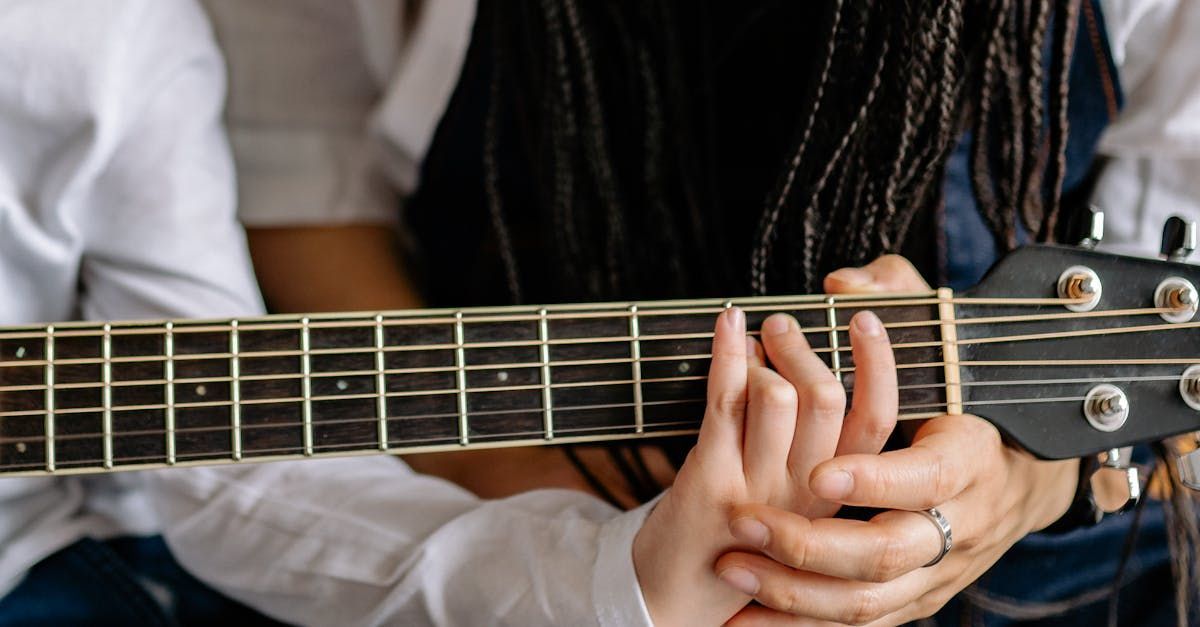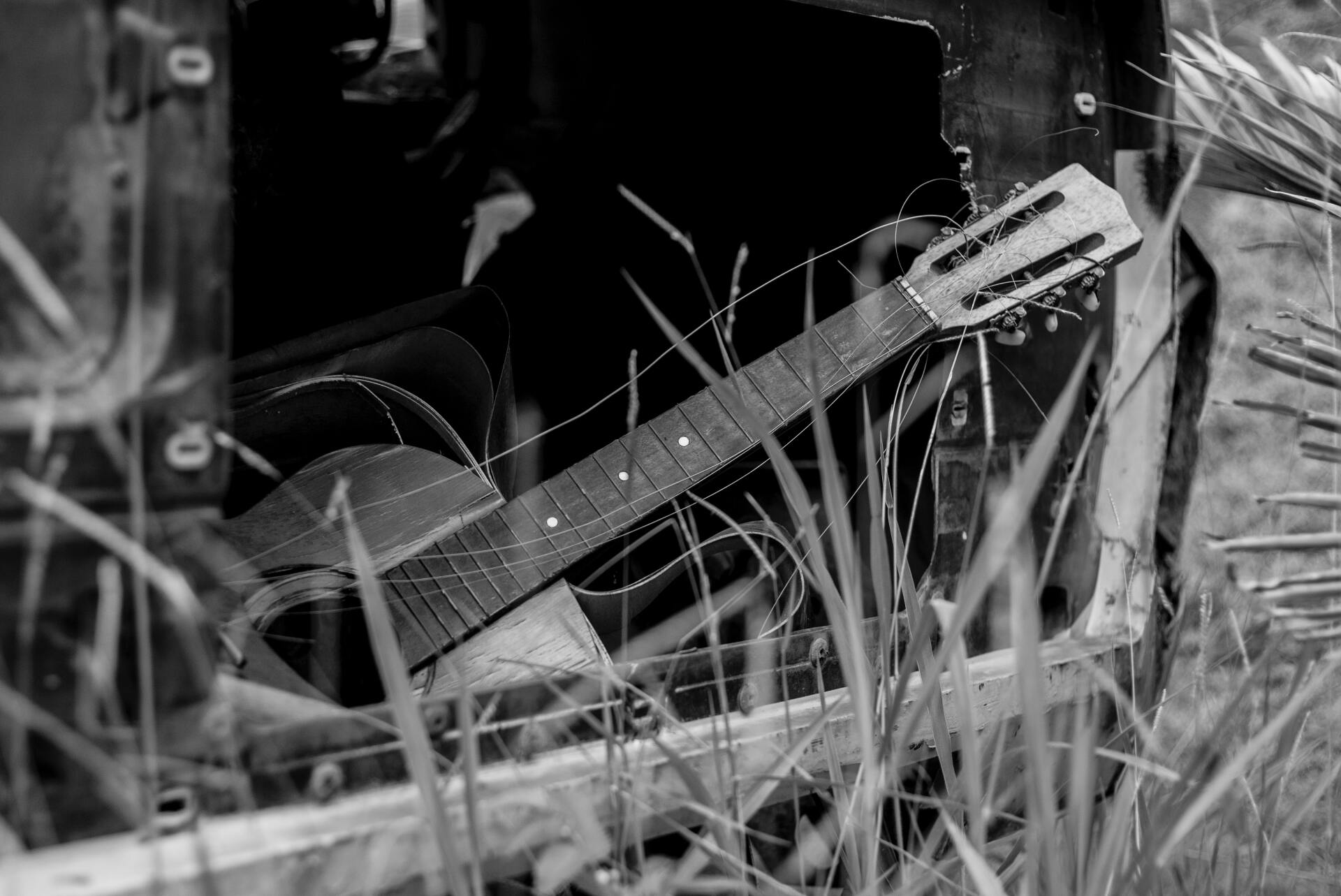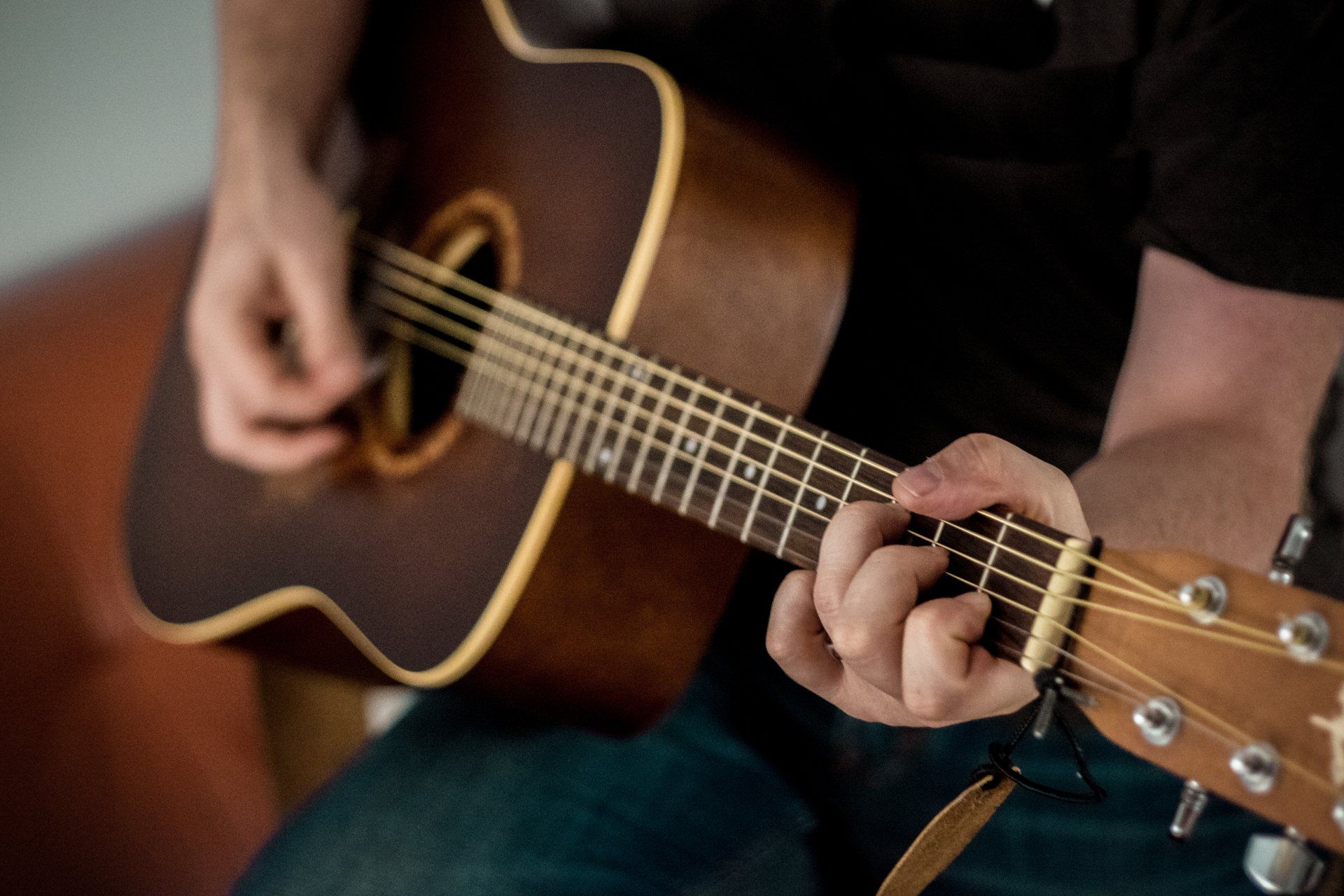Music is Deeply Rooted in Mathematics

If you’ve ever picked up a guitar, you’ve already experienced it. The spacing of the frets, the length of the neck, the height of the strings—these are all based on precise mathematical formulas. These numbers influence everything: the vibrations we feel, the tones we hear, the harmony we create.
And at the heart of it all is one powerful concept: the Circle of Fifths—music’s very own answer key.
A guitarist can transform into a musician by undertaking a light study of topics like these.
Far from being just a cool diagram, the Circle of Fifths is a visual map of harmonic relationships. It reflects how notes interact and how musical keys connect. At its core, it represents the natural sequence of harmonics—how music truly works. In fact, it mirrors patterns found throughout nature.
The foundation of this understanding dates back to Pythagoras, who discovered that musical intervals follow precise ratios:
• An octave is a 2:1 ratio,
• A perfect fifth is 3:2,
• A perfect fourth is 4:3.
By stacking these intervals, Pythagoras created the framework for what we now call music theory.
But it doesn’t stop with sound. These same spiral patterns show up everywhere—in DNA, sunflowers, galaxies, even hurricanes. The spiral is nature’s way of growing and evolving, and in music, it represents not only repetition, but progress. Each note, each step forward, adds experience and depth.
Another mathematical marvel woven into music is the Fibonacci sequence—a series where each number is the sum of the two before it (1, 1, 2, 3, 5, 8, 13…). This sequence appears throughout nature, from the branching of trees to the pattern of pinecones, and even the structure of the human ear. In music, Fibonacci numbers show up in the structure of compositions, the number of measures in a phrase, or even the ideal length of sections in a song. Composers from Bach to Debussy have used these proportions—sometimes intuitively, sometimes deliberately—to create balance and beauty.
Even in the physical design of instruments and scales, Fibonacci relationships can be found. The number of frets on a guitar neck, the divisions of an octave, and the spacing of notes in certain scales often reflect Fibonacci ratios. It’s another beautiful reminder that music isn’t just emotion and expression—it’s also built on the timeless architecture of the universe itself.










